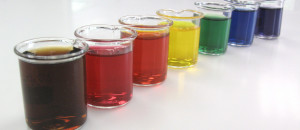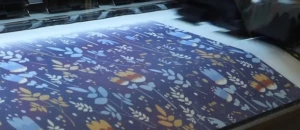The apparel industry alone accounts for 6.7% of the world’s greenhouse gas emissions, with more than 50% attributed to these three phases: 15% to fibre production, 28% to yarn preparation, and the highest, a staggering 36% associated to dyeing, printing and finishing. Like any industrial process, textile printing requires raw materials, consumes energy and produces waste.
In this Masterclass, we compare the negative impacts of different printing processes and inks and explore strategies to combat these effects, so brands and manufacturers seeking to be more responsible can do so quickly and efficiently. Then, not only do we have a matrix of over 50 global ethical print and dye companies, but we then dive into the best way to work with printing companies, so that you achieve the best results, avoid costly mistakes and maintain strong relationships with your suppliers. And finally, we hear the highs and lows from an ethical fashion company whose prints are central to their brand.
In this Masterclass you will learn:
- What the main considerations for sustainability in printing are
- What the main types of ink and printing processes are, to better understand when sourcing
- How to go about sourcing your printer, sampling processes, ensuring the right colours and other technical considerations
- Common pitfalls to avoid to ensure a smooth production run
- How to deliver your print files
- Designing prints for a cohesive collection, and specifics for printing on recycled polyester
- Plus, a matrix of eco dyers and printers
-
Introduction to Printing
with Nick MorleyRead More...Summary
Nick Morley is a co-founder of Faering Ltd, which prints digitally on natural fibre garments and fabrics and is capable of made-on-demand and ultra-low MOQ supply. He also has extensive experience as a sustainability researcher and consultant in this industry, mainly in the area of textile recycling and sustainable materials. He is chair of the Programme Board of Mistra Future Fashion, the world’s largest research programme in sustainable fashion funded by the Swedish Foundation for Strategic Environmental Research.
-
Guide to Choosing Your Print Technology & Printer
with James EdmondsonRead More...Summary
Frustrated by how difficult it was to print onto sustainable cloth, James Edmonson set about solving the problem himself. He bought a printer, sourced organic cotton and began to offer a print bureau service - and so, Fabrica Textiles was born. Today, Fabrica Textiles advises clients on all aspects of digital printing and manage their print flow. With his expertise combining both the world of print and sustainability, James was the perfect guest expert for this session.
-
Eco-Friendly Screen Printing and Embroidery
with I Dress MyselfRead More...Summary
A bitesize 15 minute Lesson that address eco-friendly printing methods. I Dress Myself was established in 2006 in Nottingham UK, and moved over to eco-friendly water-based inks within the first year. They have expanded services to include digital garment printing for one-offs, small print runs and full-colour printing, along with eco embroidery that uses a GOTS-certified FSC viscose thread. They have a wealth of knowledge and expertise in the world of eco-friendly screen printing, and here we learn about considerations you should make when assessing the surface design of your textile products.
-
How to Work With A Digital Printer
with Beki GowingRead More...Summary
Beki Gowing is a printed textile designer, and founder of the creative studio Print & Press London. An ex-John Lewis buyer, Beki has a keen understanding of business, and what it takes for brands to be successful. We couldn't have asked for a better insight into the best way to work with digital printers so that you can ensure a smooth production run.
-
Ethical Printing & Dyeing Matrix
with Charlie Bradley RossRead More...Summary
We're delighted to present this ethical printing and dyeing matrix to help your printed and dyed creations come to life, with minimal impact on the planet and the people involved in all stages of the process. For even more information, go to the Eco-Friendly Inks and Printing and Mastering Dyes and Finishes Masterclasses for a more in-depth look at printing.
The apparel industry alone accounts for 6.7% of the world’s greenhouse gas emissions, with more than 50% attributed to three phases: 15% to fibre production, 28% to yarn preparation, and the highest, a staggering 36% associated to dyeing, printing and finishing. Like any industrial process, textile printing requires raw materials, consumes energy and produces waste.
-
Prints For A Recycled Bottle Swimwear Line
with Paige BolahoodRead More...Summary
Paige Bolahood is owner and founder of Bare Beach, a swimwear company passionate about getting rid of one-time-use plastics. Their swimsuits are made from “Repreve” - recycled polyester derived from plastic bottles. The products are entirely produced (including the bottle recycling) in North America. I was keen to hear from Paige about working with this exclusive fabric, the pros and cons of the printing process, and the highs and lows of her business so far.
-
Digital Printing: The Pros and Cons
with Christine TeelingRead More...Summary
One of the main methods of printing onto fabric for the fashion industry is digital, in which a design is finalised by computer before being applied to the fabric's surface. This lesson teaches the basic concepts of digital printing and its pros and cons, so whether you are a complete beginner, or just in need of a little refresher course, this bitesize lesson is sure to take you through everything you need to know to get going.
-
Screen Printing: The Pros and Cons
with Christine TeelingRead More...Summary
The other primary method of printing onto fabric is screen printing. In this lesson, textile print designer, Christine Teeling, introduces the basic concepts of screen printing.
Technical Tutorials
Additional links:
The sublimation printing process: What is it and is it eco-friendly?
Measuring Fashion: Insights from the Environmental Impact of the Global Apparel and Footwear Industries study
Recycled packaging: eco enclose
Repreve: recycled bottle polyester fabric
How to save a file ready for print:
Check with your printer how they need the files received, preferably before you design them and definitely before you export your prints.
Creating files for print using Adobe Illustrator CC
Creating a repeat pattern in Adobe Illustrator
Follow on Masterclasses:
The Environmental Impacts Of Washing And Laundry
Trends And Trend Forecasting For Sustainable Brands
Additional Reading
How To Fight Injustice With Fair Trade Fabrics
Monday Feb 8th, 2021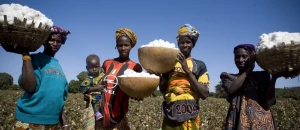
Indian Handwoven Khadi Fabrics For Clothing And Interiors
Tuesday Jan 5th, 2021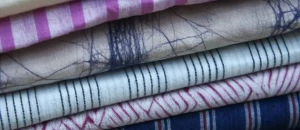
Finalists Of Our Textile Challenge
Thursday Oct 1st, 2020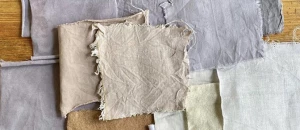
Eco producers, manufacturers and innovators at Première Vision September 2019
Monday Sep 30th, 2019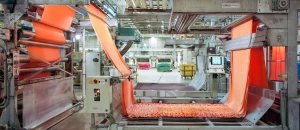
Tips for attending fabric trade shows like Première Vision
Monday Sep 30th, 2019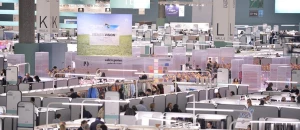
Sustainable Fashion In Australia - Menswear!
Tuesday Jan 31st, 2017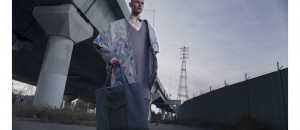
An interview with the founder of the sustainable footwear brand MDMAshoes
Tuesday Nov 1st, 2016
The Search For Sustainable Denim
Friday Aug 19th, 2016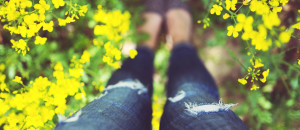
The Biggest Environmental Problem You've Never Heard Of, But Daily Contribute To...
Thursday Jun 2nd, 2016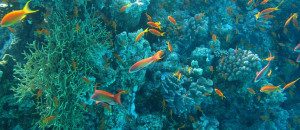
OEKO-TEX ECO PASSPORT: How To Find Toxic Chemicals In Your Fabric
Thursday May 19th, 2016